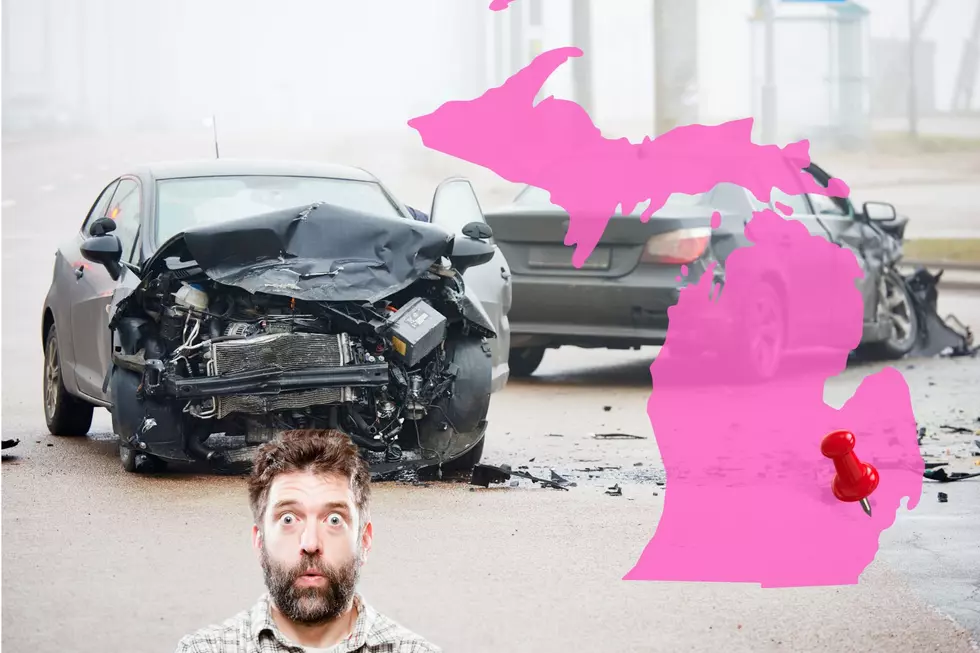
Enjoy The Warmth, But It’s NOT “Indian Summer”
It's kind of late in the year for 60 degree days with a heavy dose like we're about to experience this week. But don't call it "Indian Summer", because, technically, it's not.
This dose of warm sunshine is welcome in West Michigan following some harsh winds last week and Sunday, when we got a taste of some light snow.
We'll top out late in the weekend with 70 degree days possible Sunday and maybe Monday, before cooler weather and rain return next Tuesday.
There is tendency to call any warm spell in November "Indian Summer", at least that's what my mom always would say it was, but apparently there is some hard criteria by which to refer to a weather pattern as "Indian Summer."
According to the Old Farmer's Almanac, Indian Summer is a late blast of warm air that occurs after Veteran's Day, or specifically for our purposes, St. Martin's Day.
As well as being warm, the atmosphere during Indian summer is hazy or smoky, there is no wind, the barometer is standing high, and the nights are clear and chilly.
A moving, cool, shallow polar air mass is converting into a deep, warm, stagnant anticyclone (high pressure) system, which has the effect of causing the haze and large swing in temperature between day and night.
The time of occurrence is important: The warm days must follow a spell of cold weather or a good hard frost, but also be before first snowfall.
The conditions described above also must occur between St. Martin’s Day (November 11) and November 20. For over 200 years, The Old Farmer’s Almanac has adhered to the saying, “If All Saints’ (November 1) brings out winter, St. Martin’s brings out Indian summer.”
Well, All Saints Day was pretty chilly here, so maybe we're in for more warm weather after next Wednesday.
The older I get, the more I like listening to old people talk about the weather, so here you go.
KEEP READING: Get answers to 51 of the most frequently asked weather questions...
More From 97.9 WGRD






